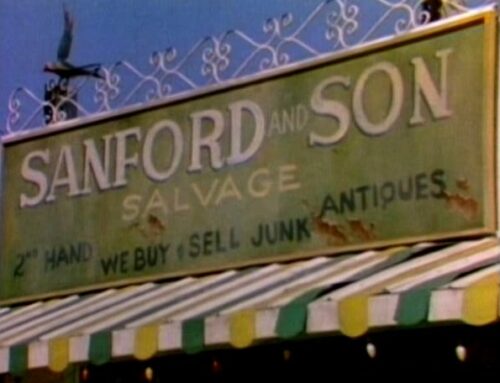Brace yourselves. Winter is coming.
If you’ve got a classic or high-value car, it’s important to take steps to protect it during the cold winter months. In most cases, your insurance policy will require it.
You should always, always, always check the specific language in your car insurance policy documents regarding vehicle storage. Especially as we head into the colder months of the year, when cars frequently sit idle for long periods of time.
You insurance policy will just list the bare minimum. But you’ve got a special car that’s worth protecting. You should do everything you can to preserve the value and condition of the car for yourself and for future owners, so they can get the same enjoyment from the car that you do.
Clean and vacuum the interior. Including all interior carpet and upholstery. Even small amounts of crumbs can attract squirrels, raccoons, rats, mice, ants and roaches. It’s amazing what they can get into… and the damage they can cause.
Cover your intakes, tailpipes, exhaust ports, and other cracks and crevices. That keeps small animals from nesting in in them. Make it something the critters can’t eat or chew through. Steel wool is good. Leave a note on the front seat reminding yourself to remove the steel wool, etc. before the next time you take your vehicle out for a drive.
Invest in an oil change. Yes, we know you won’t be driving the car for a while. That’s why you should change the oil. Dirty oil has contaminants and sediment that will collect in critical areas when the car hasn’t been driven in a while. The longer your car sits idle, the longer that gunk can accumulate and solidify in crank cases, piston wells, and other areas that can cause damage to engines and other parts.
Change the other fluids, too. While you’re at it, invest in fresh coolant, transmission fluid, brake fluid, and power steering fluid, all for the same reasons. Make sure you’re using the winter blend of antifreeze appropriate for your climate. Flush out the old stuff and replace it with new fluids that don’t have so many suspended particles of filth floating around that will make a sediment deposit on critical surfaces as the car sits idle over the winter.
Plug in an engine block heater. You should have this in very cold climates. Extreme low temperatures can cause engine blocks to crack.
Remove the battery. Bring it into the house or other climate controlled environment. Failing that, get a battery tender or trickle charger. Get the kinds that have an automatic shutoff to prevent battery overcharging.
Invest in a vehicle cover. Don’t get cheap. A bad one can scuff the paint as you put it on and take it off.
Fill the gas tank. Don’t use ethanol-based fuels for this fill up. Use the real thing. Ethanol promotes moisture buildup over time. Gasoline does not. Also the fuller the tank, the less opportunity and space there is for corrosion.
Use a fuel stabilization product. Gas goes bad after a while. Over weeks and months, it evaporates, leaving gummy deposits and gunk build-up in the fuel tank and fuel system. Stale fuel can damage fuel injection systems and carburetors. Fuel stabilizers prevent your fuel from evaporating or leaving gunk in the system. These products protect engine interiors and reduce corrosion. Add the recommended amount to a full tank. Then drive the vehicle around for a half hour or so before garaging. This works the stabilizer throughout the system.
Otherwise, you’d need to drain all the fuel out of the car in the spring and clean out the carburetor, ejectors, etc. before driving. With a good fuel stabilizer, you can pretty much start your car up come warm weather again and you’re ready to roll.
Regular gasoline has a shelf-life of about 3 to 6 months. Ethanol starts to go bad in just a few weeks.
Over-inflate the tires. If the car sits too long in one place, the tires develop flat spots, which can lead to a bumpy ride later on. For passenger cars with tires normally inflated to around 28 t0 39 p.s.i., consider inflating them to 55 p.s.i. right before garaging. That limits the flat spot problem and helps tires maintain their roundness.
Put a tarp on the ground. The tarp acts as a moisture barrier between the ground and your car. Even concrete can wick ground moisture up towards the underside of your classic, exotic, or collector car’s chassis.
Chock the wheels and release the parking brake. That way your parking brake won’t get stuck!
Call your insurance agent. Or call us, if we’re not already your car insurance broker. A good agent should be able to find a carrier that will give you a discounted rate for a garaged vehicle.
See you on the road!
Steve “Mr. Insurance” Ludwig
CEO, Select Insurance Group






